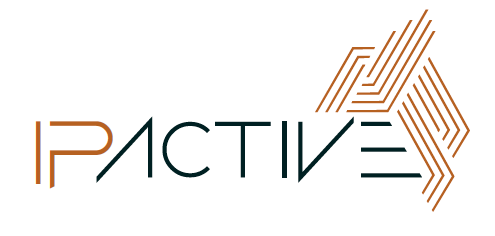A Trademark Infringement occurs when others use the same or similar mark to your registered mark. Trade mark infringement also occurs when there is an unauthorised use of your mark.
Preventing others from using the same or a similar mark as your registered mark is perhaps the core benefit of having a registered trademark. As the registered owner, you have the exclusive right to use your mark and ability to authorise others to use your mark. From the date of registration, you have the legal right to prohibit someone else from using your trade mark.
Has Trademark Infringement Occurred?
The first factor to consider in trademark infringement is whether or not the use has been unauthorised. Unauthorised use of your mark is any use of your mark for goods and services that are not under your control and you have not given permission to use.
In addition, anyone connected with the unauthorised use of your mark may have infringed the use of your mark. This means that action may be taken against those selling products that contain your mark. The manufacturer that places the mark on the products they produce and any distributors involved in the distribution of the products, are at risk of trademark infringement.
Your ability to prevent trademark infringement of your mark is an important aspect to protect your business and is a fundamental right provided to registered trademark owners.
Proving Trademark Infringement
To be successful proving trademark infringement against your sign has occurred, it will be necessary to show that:
- the infringing sign (brand or logo) was used as a trademark, meaning the infringing sign was used to indicate a connection, in the course of trade, between certain goods or services and the owners of the infringing sign. This may not be that difficult to show. Simple advertising or other promotional material used by the owner of the infringing sign may be adequate to prove the connection between use and the owner.
- the infringing trademark is identical, substantially identical or deceptively similar to your registered trademark. If someone is using a direct copy of the your registered mark, it may be relativity easy to prove trademark infringement. However, where there is use of a similar mark, you need to show that it has deceived or caused confusion in the eyes of consumers as to the origin of the goods. A trademark is likely to cause confusion if consumers wonder or are left in doubt about whether the two sets of products or the products and services in question came from the same source.
The key to proving trademark infringement is that it is necessary to show “a real tangible danger of deception or confusion”. The possibility of confusion is not enough to prove infringement. Gathering evidence of confusion or deception may be important.
It will be important to show the goods or services on which the infringing trademark was used, are the same, similar or closely related to the goods or services for which your trademark is registered. Your mark is only protected for those goods or services it is registered for. Others are allowed to use the same mark for different or unrelated goods or services.
If the infringing party can show that the sign has been used by them prior to the date that you made your trademark application, it may be that there is no trademark infringement.
Other ways to prevent infringement
In addition to a claim of trademark infringement, you can also take action under common law for passing off or for misleading or deceptive conduct under the Competition and Consumer Act. These claims are harder to establish than trademark infringement as they require proof that your sign has developed a reputation in the market place.
Do you have a strong brand in your market place? If so, it could be worthwhile to protect your brand.
We recommend that you carryout a trademark search to ensure that your brand is uniquely yours. A trademark search can ensure that you brand is able to be trademarked successfully and that any infringement on your brand can be stopped. Talk to us about a trademark search today – it could save you a lot of money and frustration.
